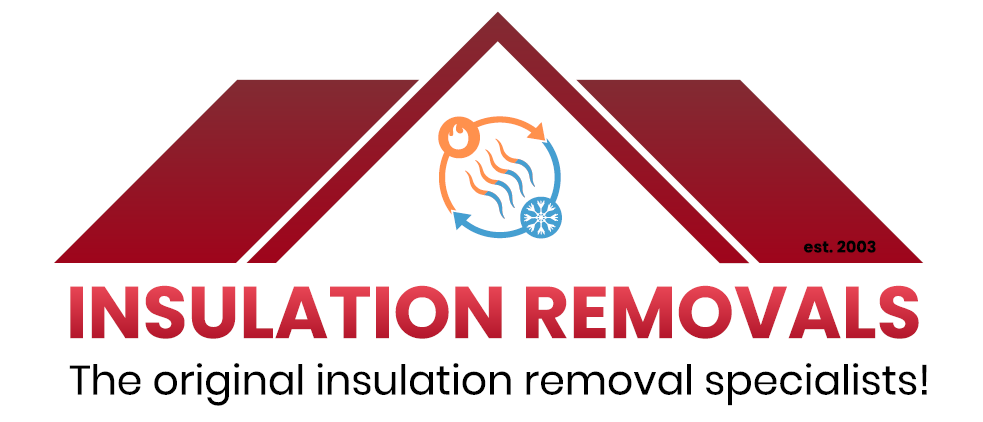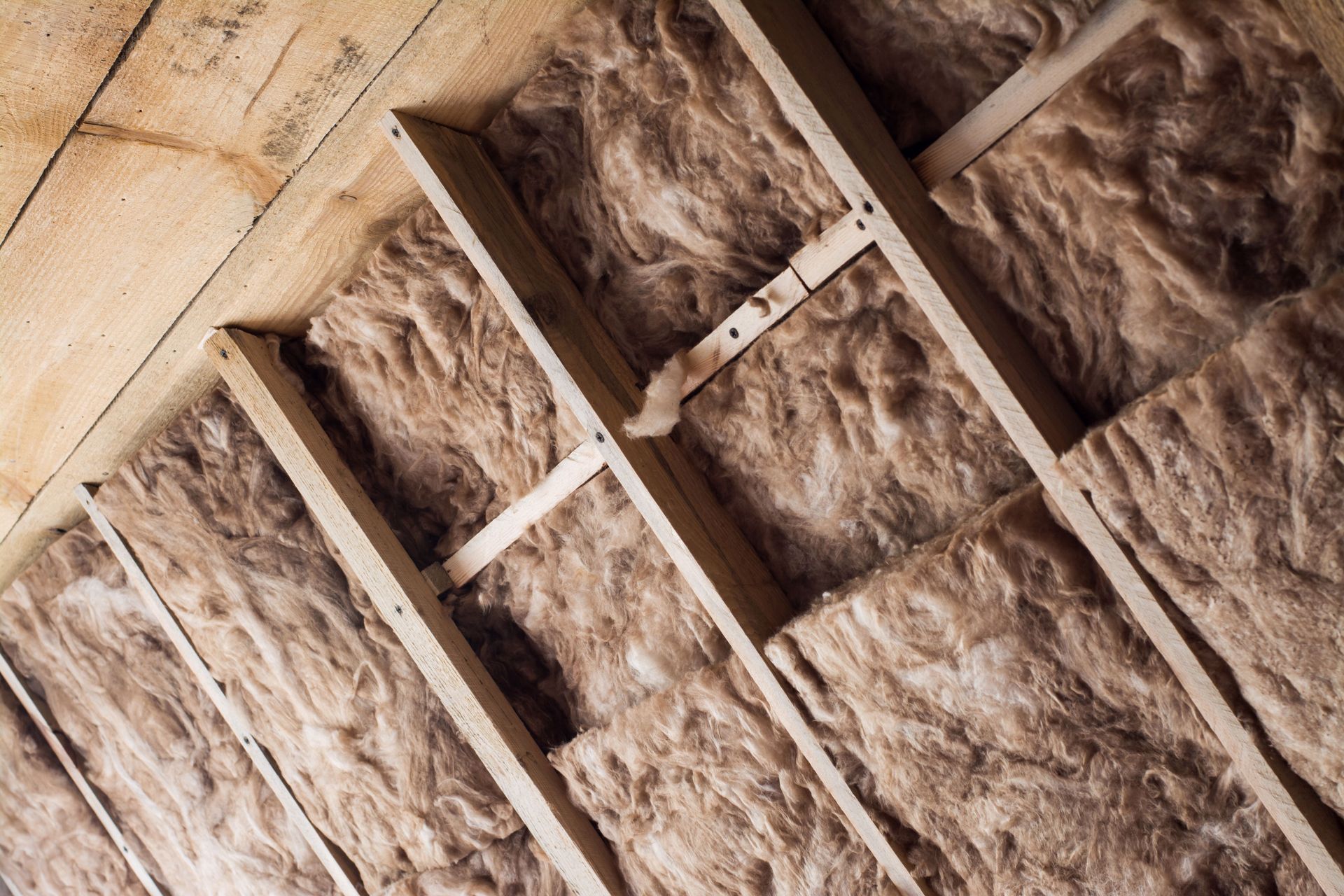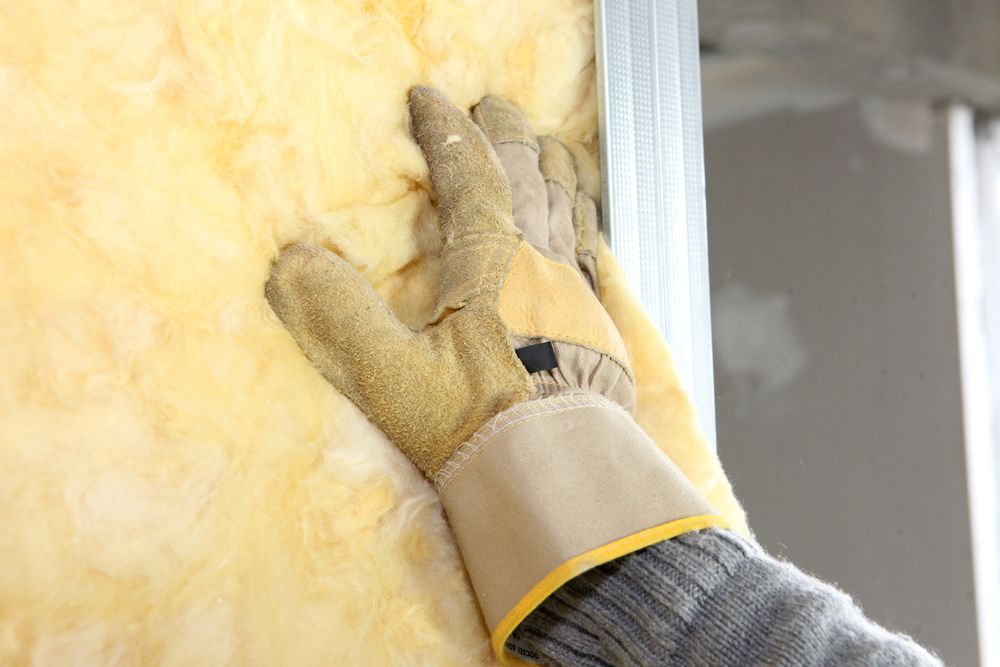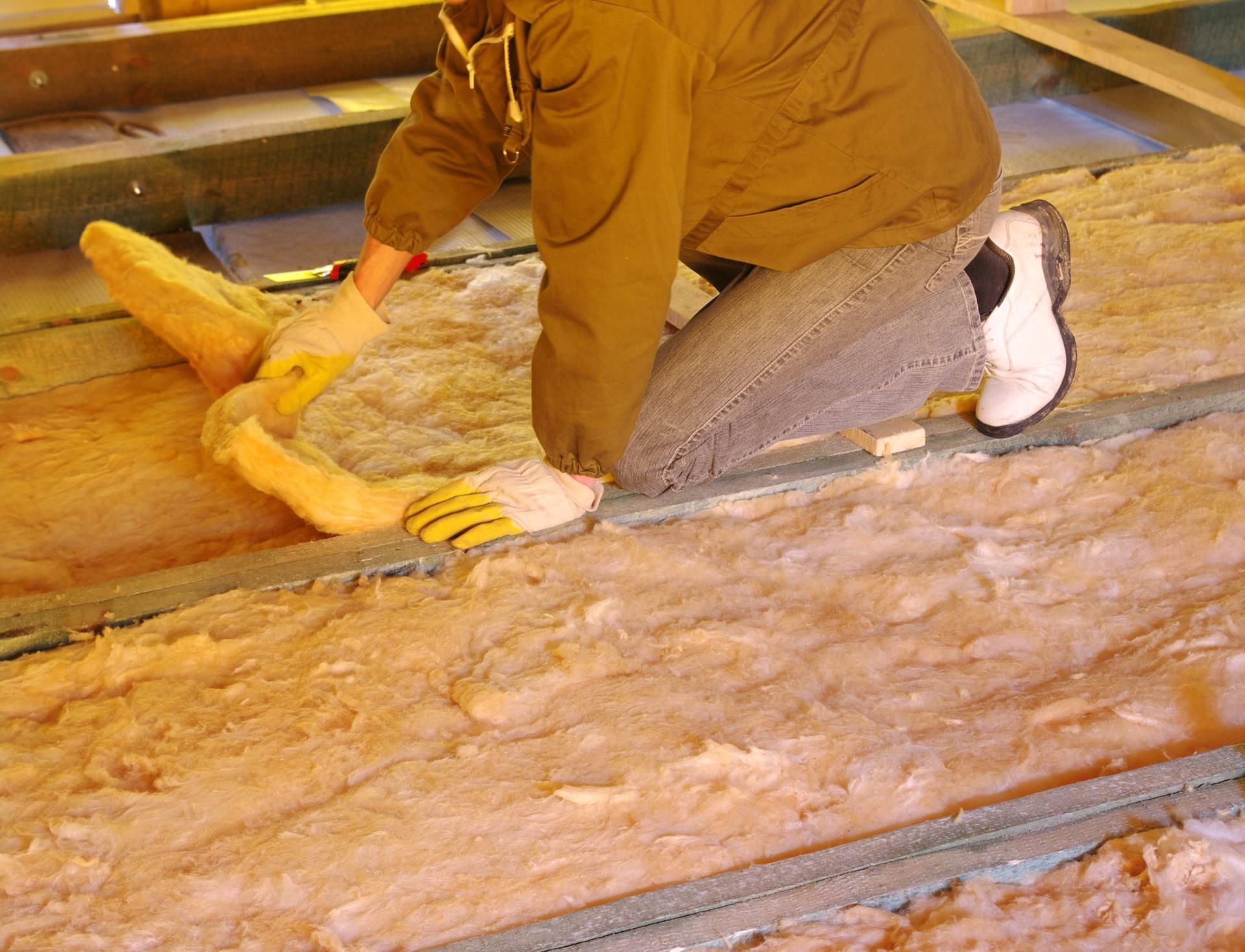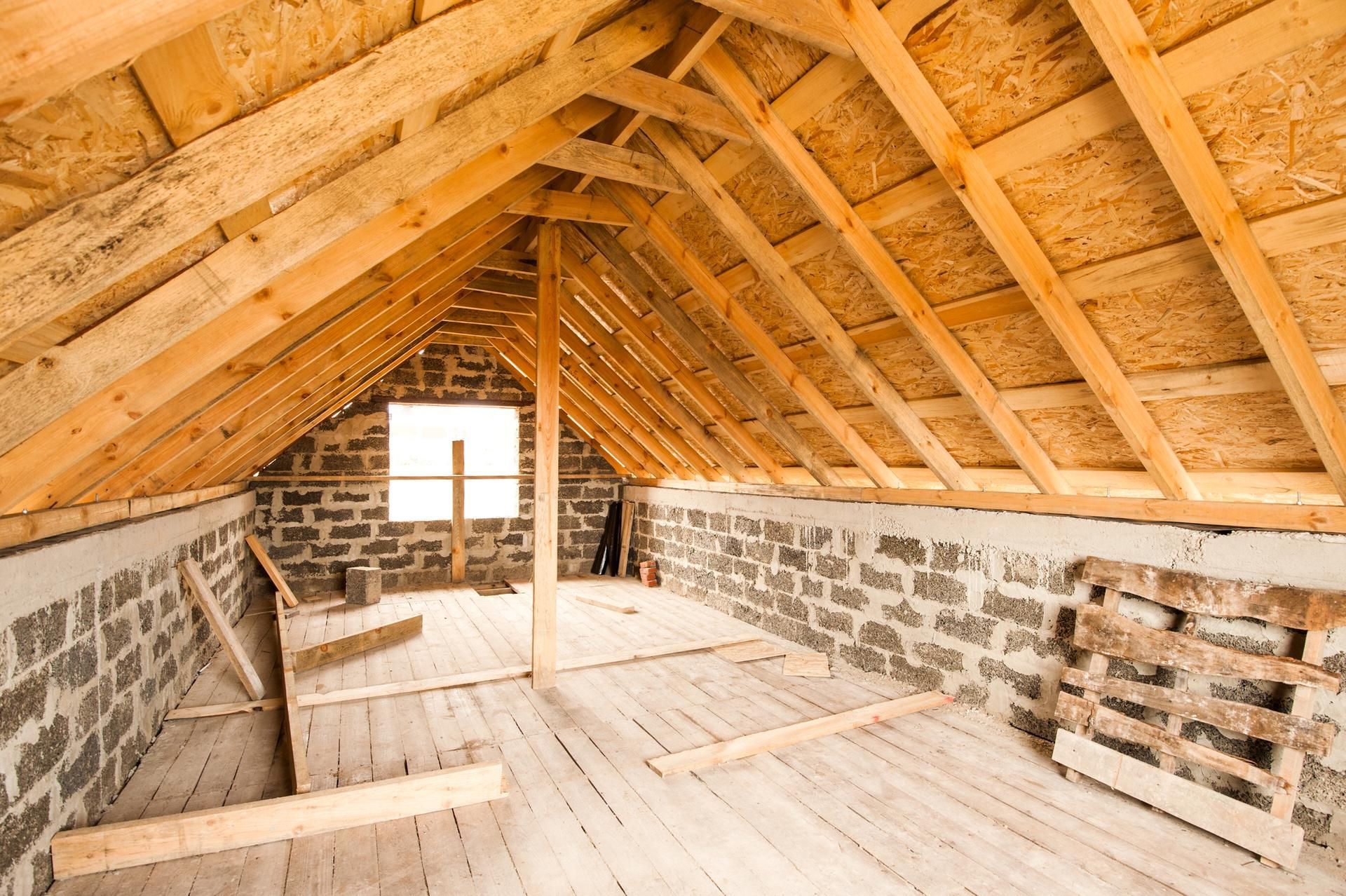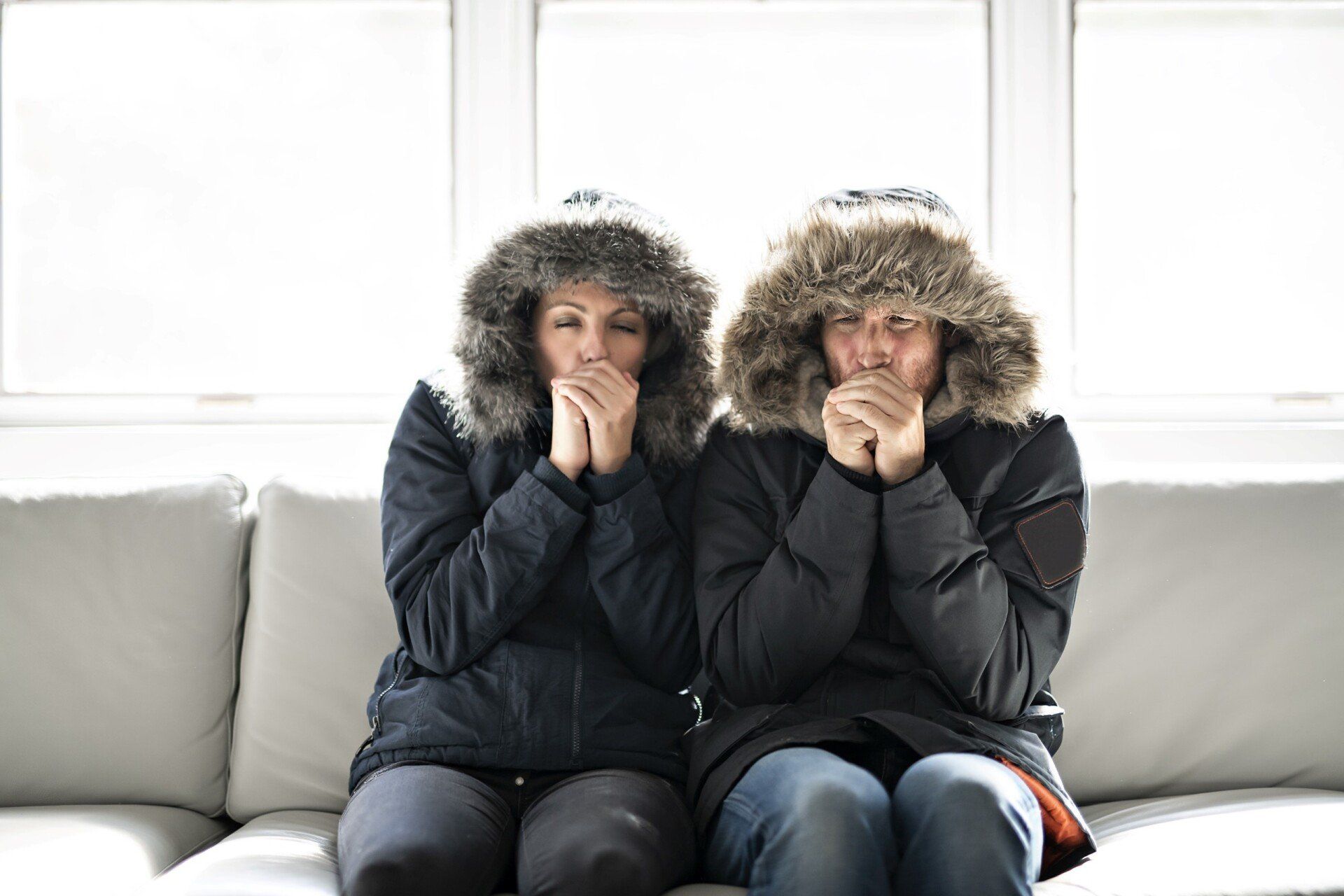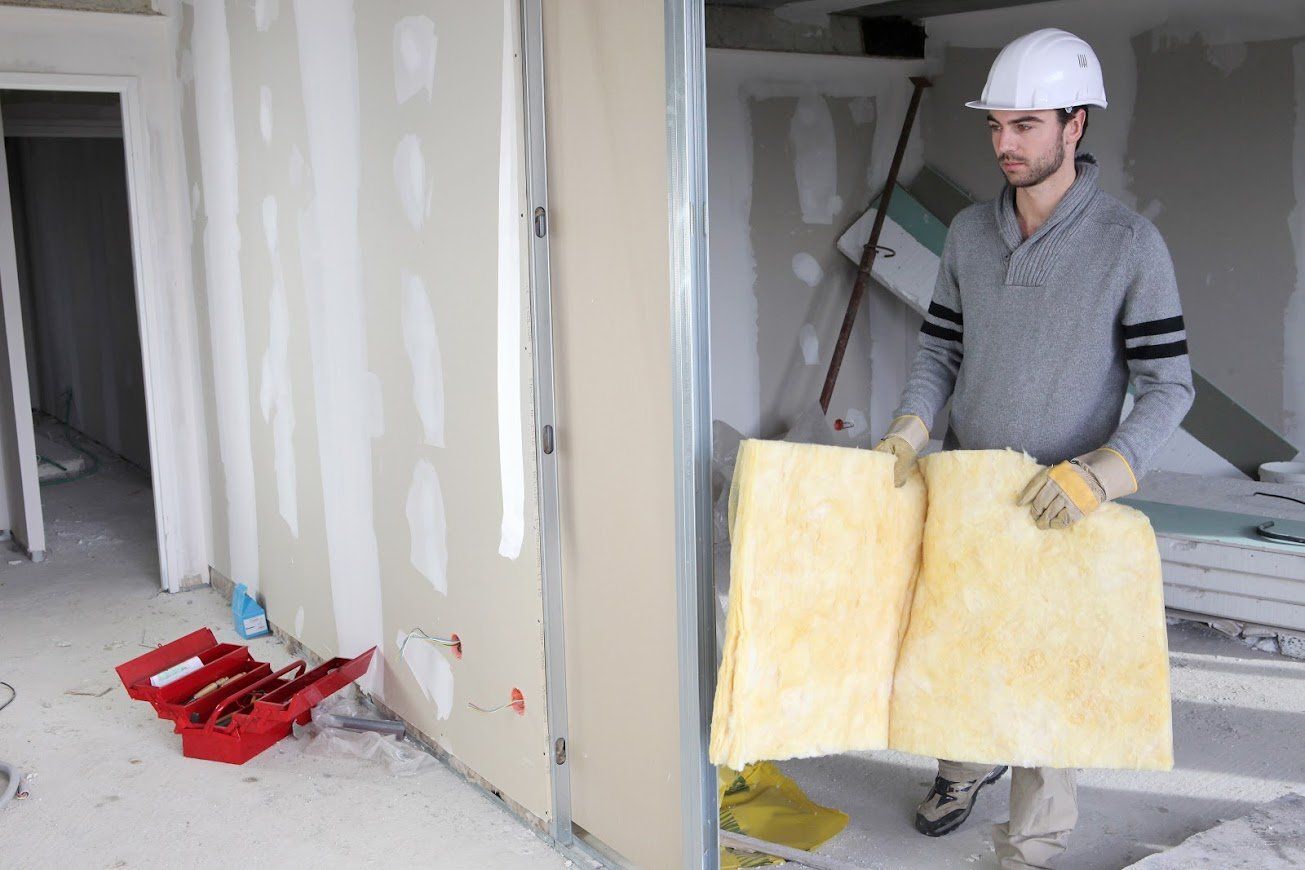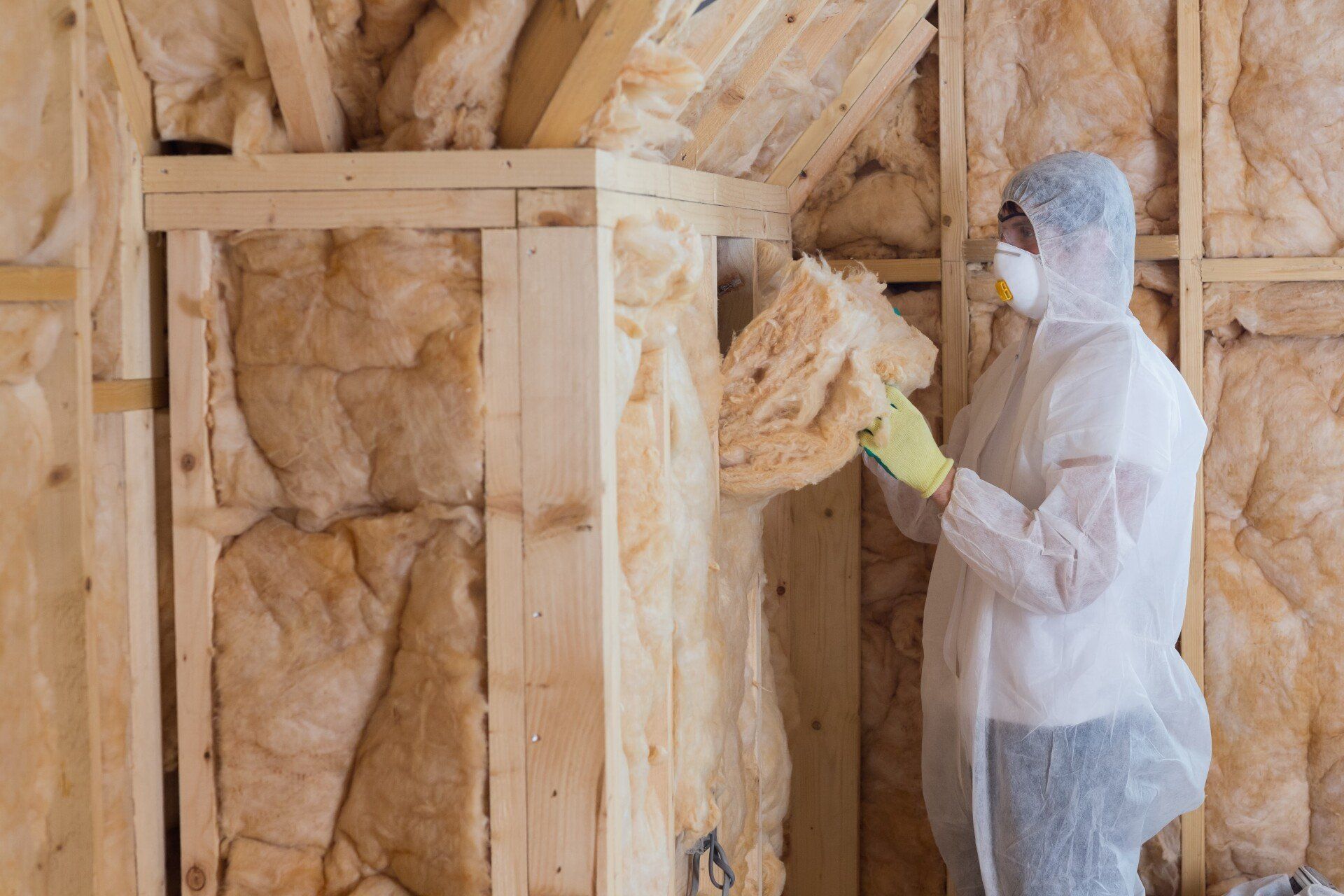3 Reasons to Upgrade Your Roof Insulation
High-quality ceiling insulation in good condition can make your home much more comfortable. If you have an older home, it may be a good idea to remove old insulation and replace it with new. The following are a few situations that explain why doing this process makes sense.
1. Moisture Damage
Varied sources can result in moisture-damaged insulation. The most common cause is likely roof leaks. Poor ventilation in the ceiling that leads to condensation build-up is another likely culprit if your insulation shows signs of water moisture damage.
Not all moisture damage is related to water, though. Urine and droppings from pests like rodents can cause moisture damage along with waste-related health concerns.
Concerns
Insulation dries slowly, so moisture can persist in the insulation long after the cause has been addressed. When it comes to fibreglass insulation batts, the concern is that the wet insulation will become compacted underneath its own weight due to the moisture. Compacted insulation no longer insulates at the level it did previously.
Mould and mildew, along with bacterial growth in the case of moisture from animal droppings, can also grow in moist insulation. This poses a health concern for anyone that breathes in the air around the affected insulation. Mould spores can even travel to other parts of the home.
2. Increasing Energy Bills
Heat rises in the home, which means that any hot air that is created for the comfort in the lower levels of the home will eventually move toward the ceiling and out through the roof. Ceiling insulation is designed to prevent this heat loss.
Further, insulation should also protect against thermal heat gain during the summer months. Heat from the sun is absorbed by the roof. A good insulation layer can help prevent this heat from moving through the roof and into the home.
Concerns
Insufficient ceiling insulation can lead up to a significant loss of heat in winter, and a similar level of heat gain in summer. This has a major effect on your energy usage, which will then equate to higher heating and cooling costs for your home.
Older homes may also have insufficient insulation levels in the ceiling. Over time, insulation may compress and lose some of its insulating value. Increasing the insulation level or replacing old insulation can help quite a bit.
3. Safety Risks
Safety risks inherent in older insulation depends on many factors. Some old insulation, for example, may contain harsh components that are known to present a human health risk. There may also be pesticide residue in old insulation, which can raise some concerns.
Insulation products backed by metal and foil can carry a fire or electrical shock risk as well. Fire risks may also be present as a side effect of how the insulation was installed or how it has settled.
Concerns
Contaminant risks from rockwool fibres are primarily only a concern if the insulation is disturbed. If you are happy with the insulation levels and don't plan to enter the ceiling cavity or cut into it, then you may be able to postpone insulation replacement. Testing can be performed to ensure that there are no dangerous fibres in the air.
Fire risks, on the other hand, can be present even if you don't disturb the insulation. A loose wire can turn an entire sheet of foil-backed insulation into a shock risk or lead to a spark that causes a fire. Ceiling wiring covered in insulation, particularly older insulation that isn't fire-retardant, can also result in a fire if something shorts out.
Contact Insulation Removals if you are ready to upgrade your roof insulation.
